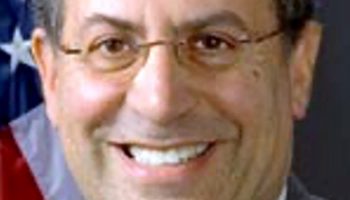
Don Leopold, a professor at the SUNY College of Environmental Science and Forestry, has uploaded 135 videos about trees to the internet.
In each two- to three-minute video, Leopold describes the different characteristics of a variety of tree, including its leaves, bark and where it typically grows.
Leopold will perform an abbreviated rundown of about 100 tree species during his lecture “The Best Trees for Home, Urban, & City Landscapes in the Northeast” as part of a Bird, Tree & Garden Brown Bag lecture at 12:15 p.m. Tuesday, August 20 in Smith Wilkes Hall.
“Of all the things in the landscape, trees are the things that really stand out,” he said.
Leopold earned his Ph.D. in forest ecology from Purdue University in 1984. The next year, he joined the Department of Environmental and Forest Biology at the SUNY College of Environmental Science and Forestry.
In 2007, he began to serve on the U.S. Army Corps of Engineers National Technical Committee on Wetland Vegetation.
Leopold has published six books, including Native Trees of the Southeast, which he co-authored in 2007; and Native Plants of the Northeast: A Guide for Gardening and Conservation, published in 2005.
In addition to beautifying the environment, trees perform a number of important ecological functions.
“One of their most significant benefits right now is carbon storage,” Leopold said.
Trees also provide shade, which can reduce hot temperatures, especially in urban environments that experience the heat island effect due to the presence of impermeable, human-made surfaces.
“They show some dramatic reductions in extreme temperatures, to the point where if you plant them around your house properly, you can probably eliminate the need for air conditioning,” he said.
Trees also provide habitat for hundreds of insects, including particularly beneficial species, like butterflies.
Leopold will make recommendations about which types of trees flourish in certain environments so people can harness all of their benefits.
“I’m going to talk, not so much about trees in the forest, but trees you can use in the landscape,” he said. “I often focus on native trees, but I’m also going to talk about some non-invasive, non-natives that are just really cool.”




